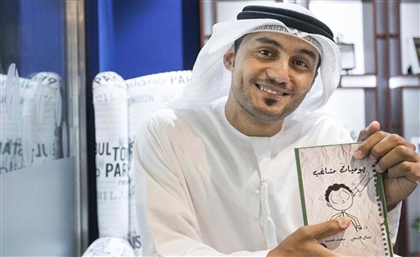The Arduous Journey to An Egyptian Contemporary Dance Utopia
Instead of accepting the fact that 21st Century Egypt has no place for art, Founder and Artistic Director of Cairo Contemporary Dance Centre (CCDC), Karima Mansour, forged a new reality for future generations of dancers by creating the independent space that would allow the art form to thrive.
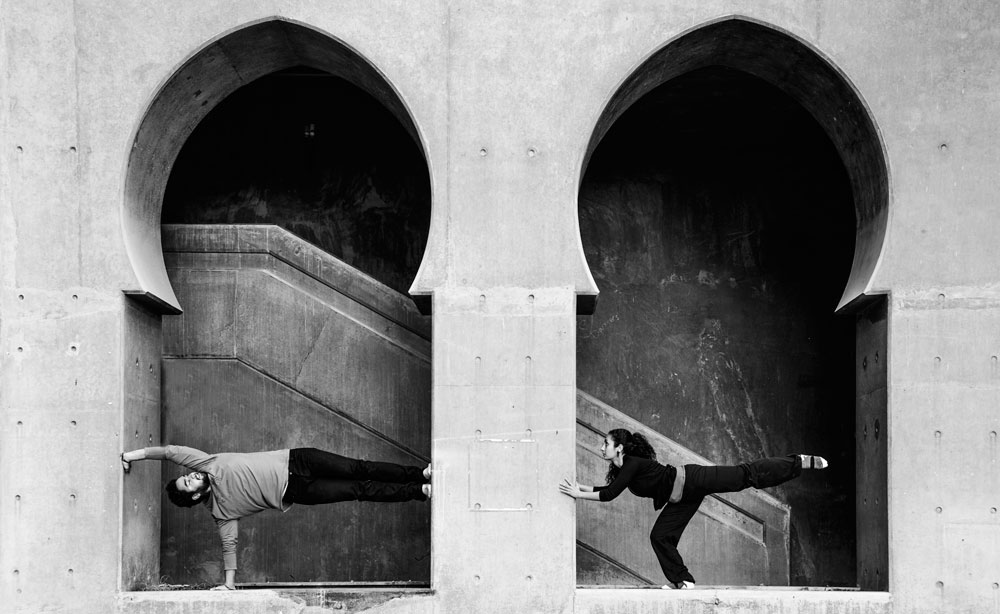
“Dance is like a bug, a virus that, if you get, you can never really get rid of,” says Karima Mansour, Founder and Artistic Director of Cairo Contemporary Dance Studio, an independent space that aims to propel the art form forward in Egypt. At the age of five, Mansour came down with that bug, one that eventually became a life-long passion and led her to creating the space and working tirelessly to transform the contemporary dance scene in the country.
After spending part of her childhood abroad, where she was infected with the deep rooted desire to dance, Mansour had to come to terms with the difficult realities of Egypt’s crumbling art scene when her family finally settled in the motherland. “There were no dance schools or classes, but I continued to dance and had to find workshops abroad, and travel to learn and evolve as a dancer,” she recounts.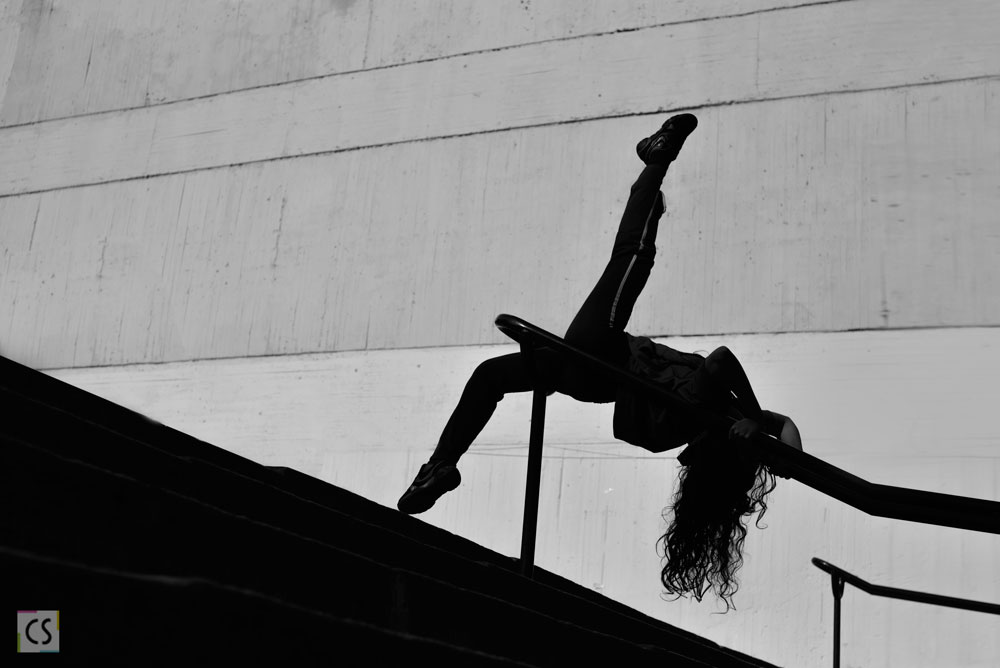 In fact, she tried to convince herself otherwise and find an alternative, more realistic dream to pursue, but to no avail. “I enrolled in the High Institute of Cinema at the Academy of Arts and I graduated with a BA in film, but it was clear to me that dance was still what I wanted,” she reminisces. But the grass is always greener on the other side of the Mediterranean, so she left to Rome, Italy, where she enrolled in a two-year professional formation dance course, then to London, England, where she earned a BA and an MA in Contemporary Dance from the London Contemporary Dance School.
In fact, she tried to convince herself otherwise and find an alternative, more realistic dream to pursue, but to no avail. “I enrolled in the High Institute of Cinema at the Academy of Arts and I graduated with a BA in film, but it was clear to me that dance was still what I wanted,” she reminisces. But the grass is always greener on the other side of the Mediterranean, so she left to Rome, Italy, where she enrolled in a two-year professional formation dance course, then to London, England, where she earned a BA and an MA in Contemporary Dance from the London Contemporary Dance School. 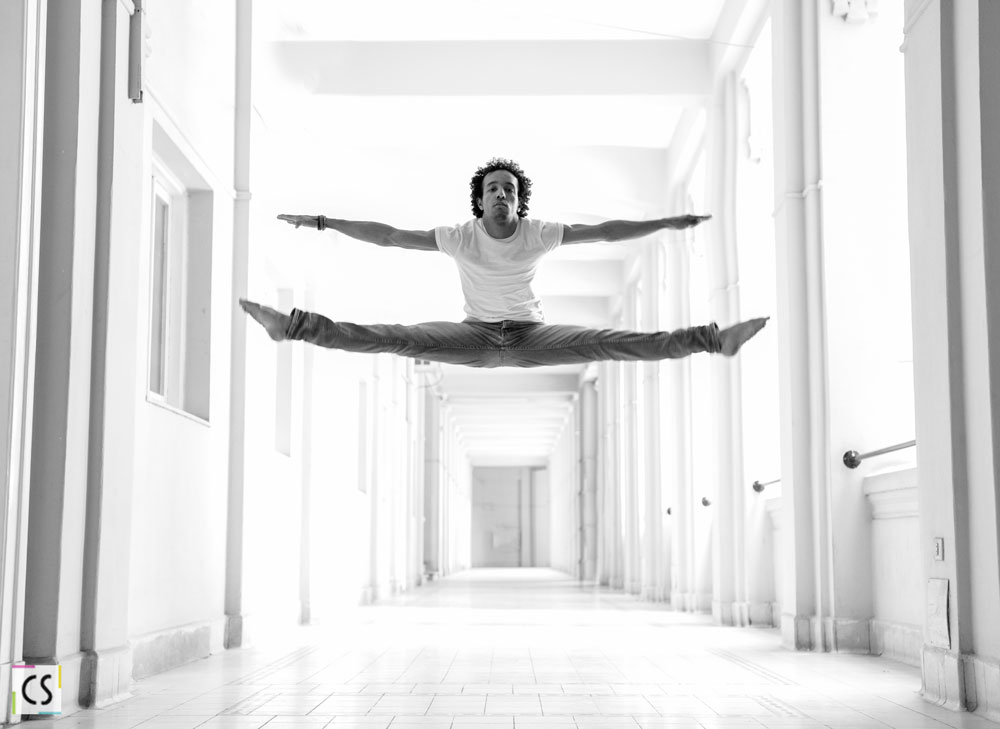 Mansour came back determined to make her mark on Egypt’s art scene; she founded MAAT, Egypt’s first independent contemporary dance company, in 1999 and launched the MAAT Movement for Egyptian Contemporary Art to develop dance by organising workshops, all while maintaining a successful career as a dancer and choreographer with over 17 choreographic works to her name and more than 20 collaborations in film and theatre. The veteran dancer has taught the Cairo Opera House Theatre Company, the Academy of Arts’ Ballet Institute, and at the American University in Cairo.
Mansour came back determined to make her mark on Egypt’s art scene; she founded MAAT, Egypt’s first independent contemporary dance company, in 1999 and launched the MAAT Movement for Egyptian Contemporary Art to develop dance by organising workshops, all while maintaining a successful career as a dancer and choreographer with over 17 choreographic works to her name and more than 20 collaborations in film and theatre. The veteran dancer has taught the Cairo Opera House Theatre Company, the Academy of Arts’ Ballet Institute, and at the American University in Cairo.
Her biggest and most significant contribution to dance in Egypt however, came in 2012, when she launched the Cairo Contemporary Dance Centre (CCDC), giving Egypt its first ever independent dance school. “A group of people from the dance community and I presented this project to the then Minister of Culture and it was accepted; we had been based at the Opera House until 2013, so we were operating under the patronage of the Ministry of Culture,” she recounts. “Then things fell apart and classes were put on hold.”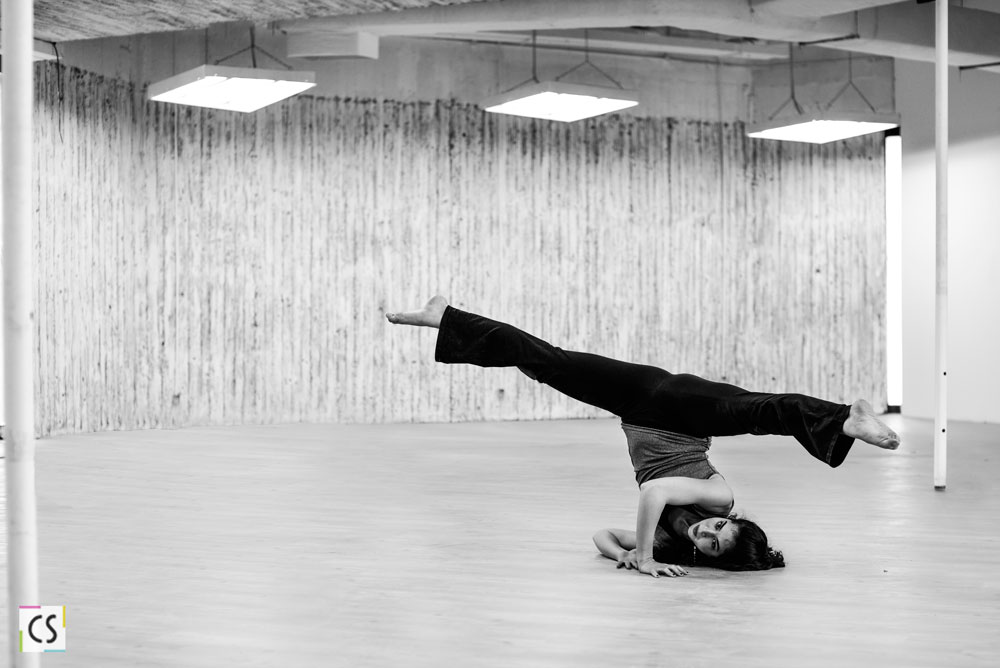 But, refusing to give up, Mansour forged a way forward to keep the centre alive and continue the intensive three-year programme they had started. “The students and I wanted to see it through because they had seen the incredible changes that had happened and they saw that it is possible. So they were also very much backing it up, and I was able to find a space and support for this project, so we re-launched. We picked up from where we left off after finding the space as an independent entity under the management of MAAT,” she says triumphantly. “It was kind of a dream because, after having spent seven years in Europe, dancing eight hours a day, and coming back to Egypt to find myself suffering as an artist and dancer – to find classes and train, to find a space to work in, to create work, to find dancers to create work with... it was very very difficult.”
But, refusing to give up, Mansour forged a way forward to keep the centre alive and continue the intensive three-year programme they had started. “The students and I wanted to see it through because they had seen the incredible changes that had happened and they saw that it is possible. So they were also very much backing it up, and I was able to find a space and support for this project, so we re-launched. We picked up from where we left off after finding the space as an independent entity under the management of MAAT,” she says triumphantly. “It was kind of a dream because, after having spent seven years in Europe, dancing eight hours a day, and coming back to Egypt to find myself suffering as an artist and dancer – to find classes and train, to find a space to work in, to create work, to find dancers to create work with... it was very very difficult.” The difficulties in fostering an art form such as dance were - and are - manifold in Egypt, a country where the arts are often relegated to the bottom rung of the ladder. “Of course you have people who think dance is a complete and utter taboo, and you have those who think in general that art is a waste of time – but let’s not forget that it's such a big country with so many different perceptions and ideas,” Mansour elaborates. Her answer to those who dismiss dance however, is to push to create work that is worthy of representing the art form. “It is important to have this dialogue but in a different way; it’s through the work. I think that dance has become much more accepted than before and this is why it’s very important to have serious programs like CCDC’s; to continue to tackle the misconceptions.”
The difficulties in fostering an art form such as dance were - and are - manifold in Egypt, a country where the arts are often relegated to the bottom rung of the ladder. “Of course you have people who think dance is a complete and utter taboo, and you have those who think in general that art is a waste of time – but let’s not forget that it's such a big country with so many different perceptions and ideas,” Mansour elaborates. Her answer to those who dismiss dance however, is to push to create work that is worthy of representing the art form. “It is important to have this dialogue but in a different way; it’s through the work. I think that dance has become much more accepted than before and this is why it’s very important to have serious programs like CCDC’s; to continue to tackle the misconceptions.”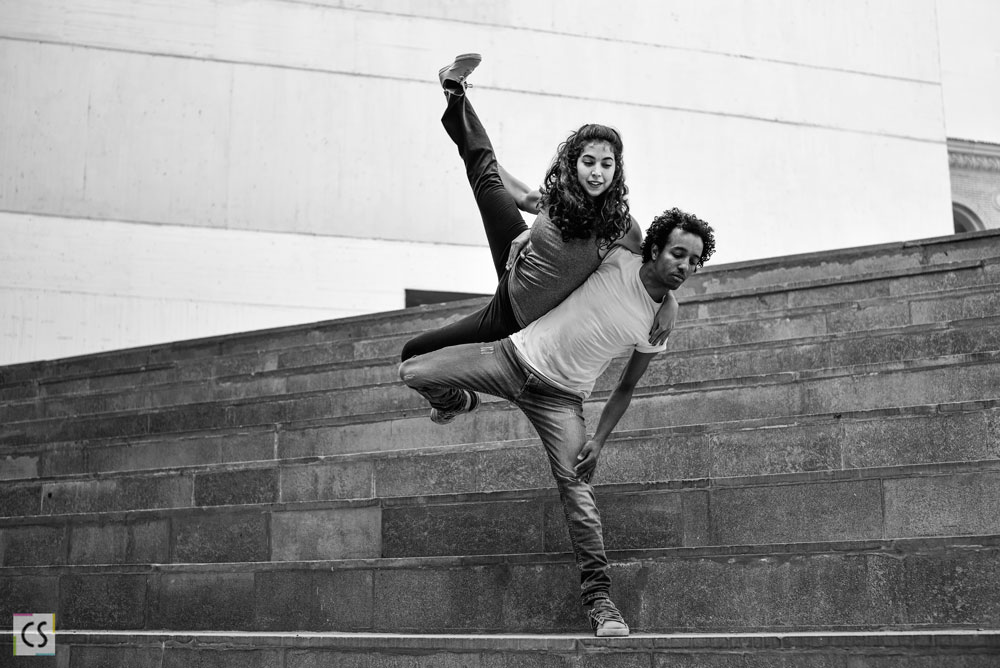 The words 'dance' and 'school' may seem incongruous to an outsider, but Mansour runs a very tight ship. “We took in a lot of students initially because I knew that eventually it was going to thin out. Some people realise that it is a huge commitment, some people were asked to leave because they were not committed enough,” she tells us. “If you want to do this then you need to do it properly.”
The words 'dance' and 'school' may seem incongruous to an outsider, but Mansour runs a very tight ship. “We took in a lot of students initially because I knew that eventually it was going to thin out. Some people realise that it is a huge commitment, some people were asked to leave because they were not committed enough,” she tells us. “If you want to do this then you need to do it properly.”
CCDC offers a lot more than the three-year conservatory program; the centre also offers open classes and workshops, as well as spaces for young choreographers and dancers to rehearse, research, and develop their acts.Mansour’s core aim since the beginning has been to foster a community, to carve out a space for dance to exist and thrive in the country, and over the years, the interest and acceptance of the art form has expanded. “Between 2000 and now, there’s a huge difference! Since that point I’ve continued to give workshops. A lot of other initiatives then started and other people started picking up and finding their own way and trying to create their own work – bit by bit a kind of community has been created; it’s a small one and we are still taking baby steps in regards to the art form but there is definitely a growing audience,” she says.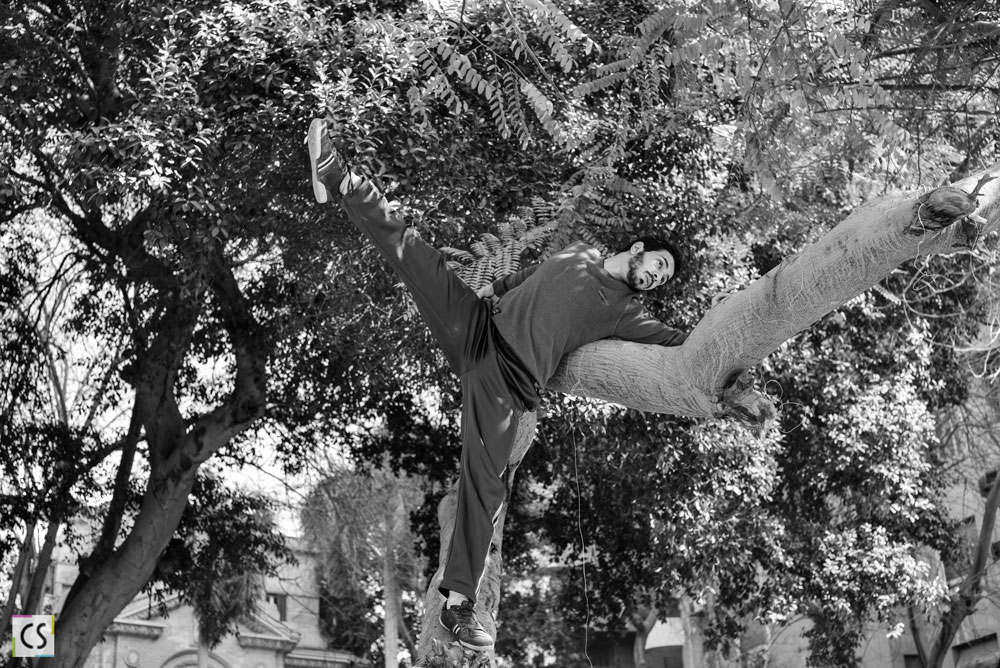
An important factor in CCDC’s work is not only to train dancers but also to enable them to create careers in the field, which will eventually help nurture and sustain a sort of dance ecosystem. “Part of what we are trying to do with this project is creating job opportunities for the people here,” Mansour says, “And I definitely think we are moving forward because already we have a new generation of trained dancers and people who are starting their careers in the field, testing the grounds with choreography for instance.”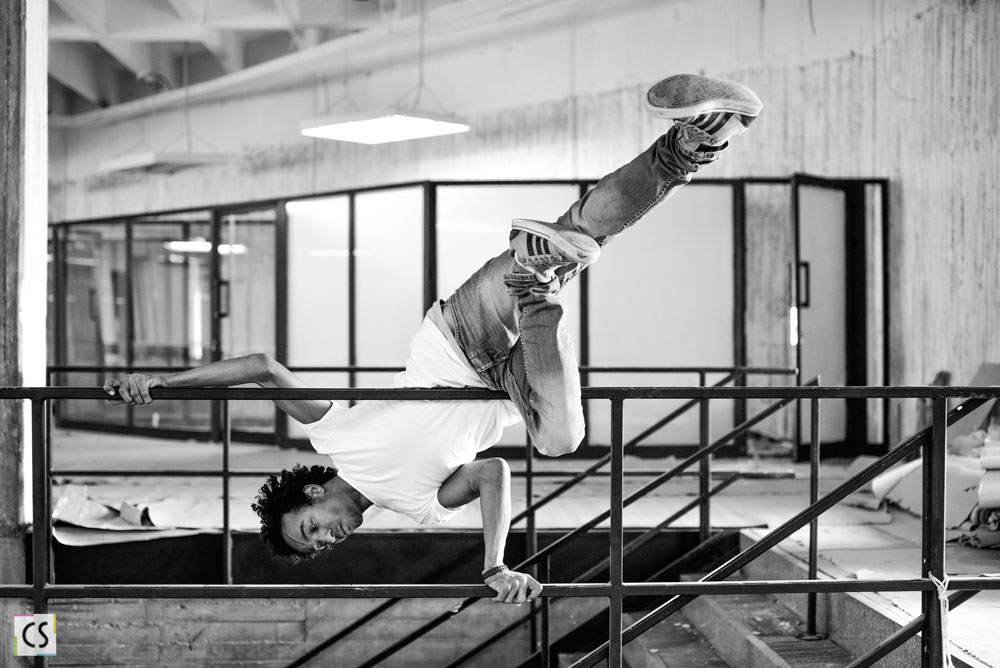 Legendary dancer Merce Cunningham once said: “You have to love dancing to stick to it. It gives you nothing back; no manuscripts to store away, no paintings to show on walls and maybe hang in museums, no poems to be printed and sold, nothing but that fleeting moment when you feel alive. It is not for unsteady souls.” Mansour has proven herself to be the steadiest of souls, paving the way for future generations of dancers as she tirelessly pursued her passion – her sweet affliction.
Legendary dancer Merce Cunningham once said: “You have to love dancing to stick to it. It gives you nothing back; no manuscripts to store away, no paintings to show on walls and maybe hang in museums, no poems to be printed and sold, nothing but that fleeting moment when you feel alive. It is not for unsteady souls.” Mansour has proven herself to be the steadiest of souls, paving the way for future generations of dancers as she tirelessly pursued her passion – her sweet affliction.
In times of dystopian despair, dance may seem like a trivial distraction from more important things. “Art spaces are closing down and it's not clear why, and sometimes it is clear and it is simply because it is lack of support. The general environment isn’t encouraging; dance is always at the bottom of the list,” Mansour exasperates. But despite the ever-present obstacles, dance, and art have refused to be pushed down and have slowly but surely begun to expand their presence in Egypt. "Hopefully the idea grows and people understand the importance of art, and create spaces so people can show their work and make it visible and allow it to continue to exist." Art is hope, and our dancers are the only remaining vital sign this nation has. We cannot afford to pass up on hope.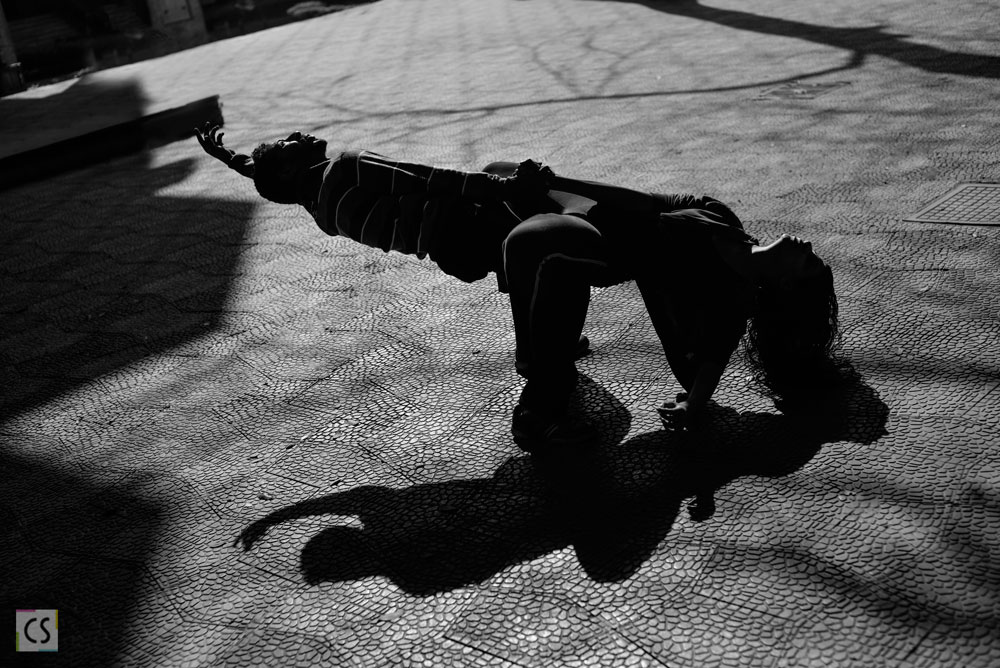
Follow CCDC on Facebook and Instagram.
Shoot by #MO4Network’s @MO4Productions
Photography: Ahmed Najeeb
Art direction: Ahmad Abi, Farah Hosny, and Omar Zeftawy
Videography: Abanoub Ramsis
Dancers: Shady Abdelrahman, Ibrahim Abdo, Amany Atef, Ahmed Shamel Azmy, Mona El Husseini, Samar Ezzat, Nermin Habib, Mohamed Yousry Shika
Shot on location at The Greek Campus





